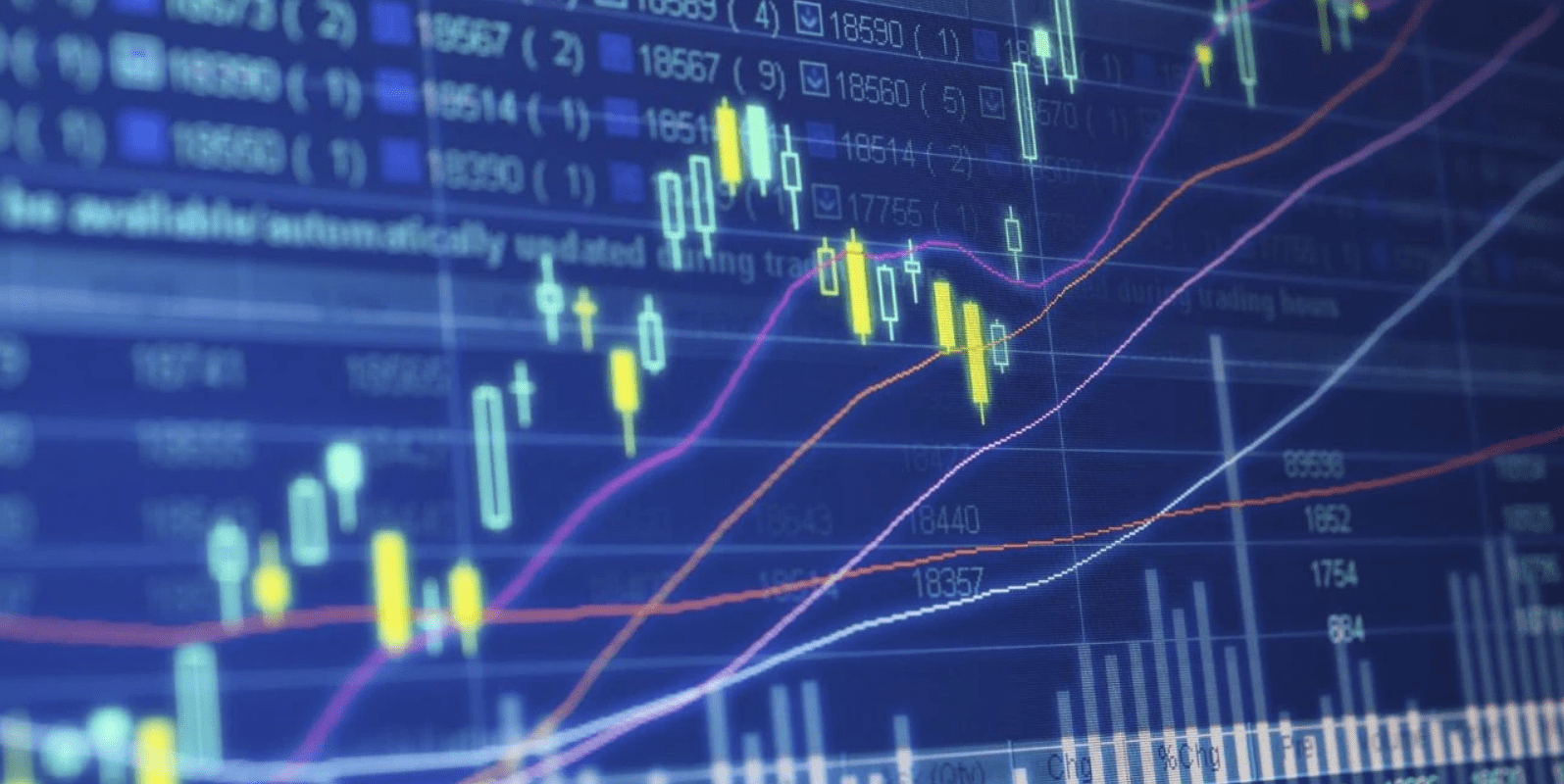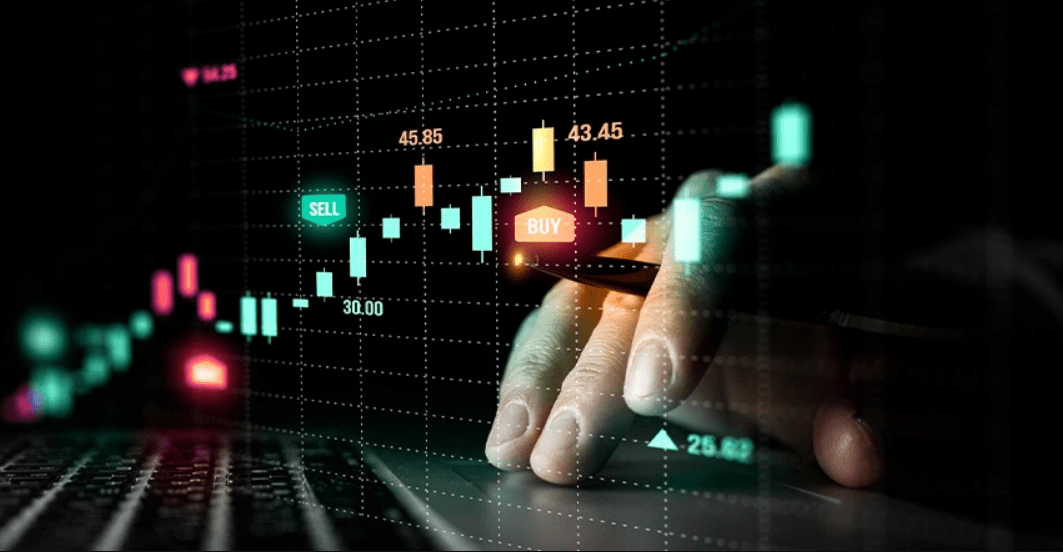How Does Forex Leverage Impact Profit And Loss?
Forex leverage is a common type of investment that allows traders to trade with assets larger than the amount of money they usually invest in the investment project managed through an exchange rate. To give a simple example, making a transaction of 100 Euros through an investment of 50 Euros is a forex leverage application. Although the profit rate is high, it is much riskier than other types of forex trading.
There is no general answer to the question of whether it is better to trade with or without leverage. What is certain, however, is that forex trading without leverage is not necessarily more advantageous. On the contrary, without leverage, traders do not have sufficient resources to participate in forex trading or generate acceptable profits.
However, trading with leverage also has disadvantages, in particular the risk of high losses and even a total loss. It is therefore advisable for beginners who want to learn trading to start without leverage or at least with very low leverage, perhaps 1:2 or a maximum of 1:5. Forex leverage can often be a profitable investment model with traders applying the right strategy and risk management.
What Is Leverage In Forex Trading And How Does It Amplify Returns?

Leverage applications in Forex trading are investment types with higher possible profit and loss rates. If the transaction is successful in Forex leverage investment, your profit will be greater in proportion to the risk you take, while your loss will be greater than in an ordinary forex trading investment.
While high leverage transactions can be a profitable and exciting investment model for forex traders, it should not be forgotten that the risk and amount of loss are equally high in case of loss. Therefore, it is crucial to implement strategies that will improve risk management in the forex leverage process.
The main reason why leverage increases returns in forex trading is that more transactions can be done above the owned investment amount. This can be called a type of forex gambling with the possibility of winning more with less assets, unlike ordinary types of forex trading.
Because when price fluctuations are against you, losses will be much higher in this way. Forex leverage can be suitable tools for developing profitable investment portfolios with limited assets.
How Can Traders Safely Utilize Leverage To Maximize Profit Potential?
As in every type of forex trading, there are some methods to safely increase the profit potential in leverage investments. I can claim that the most important of these is choosing the leverage ratio correctly.
Forex traders who want to make high profits in a short time with limited capital may experience mistakes in emotional control and risk management and may have sad consequences. For this reason, leverage ratios should be determined carefully, using the advice of experts.
Another common method to safely and effectively increase profit potential with Forex leverage is to use stop-loss orders. Today, countless investors or traders who manage investment projects with leverage models in forex trading markets can safely optimize their profit targets and gain tolerances thanks to stop-loss orders.
What Are The Risks And Margin Requirements Associated With Leverage?

Although Leverage offers forex traders to make potential profits through limited capital, it should not be forgotten that there are some risks and collateral requirements. While high leverage levels generally offer traders the possibility of making more profits with a smaller amount of investment, losses can be quite distressing for traders who do not benefit from risk management strategies.
Traders who wish to engage in Forex leverage transactions should thoroughly evaluate the risks and losses associated with leverage and receive relevant financial literacy training on this subject.
Margin requirement is also one of the key concepts for forex leverage. Forex traders are obliged to keep collateral in order to maintain open positions and manage trading safely in the process of generating income on their assets with leverage models.
Although these requirements vary between different exchanges and leverage ratios, the responsibilities and risks of loss associated with the margin requirement should be well understood in advance.
How Does Leverage Influence Position Sizing And Risk Management?
Determining position size can be described as choosing the right amount of risk. But how do you determine “the right amount”? Similar to your forex trading plan, which includes your own unique view of the markets, determining position sizes depends on you and your trading style.
Obviously, the most important point when determining position size is the amount of capital you are able to trade with. If you have a relatively manageable capital contribution and you select a volume that is far too large for the account, then one bad call or a bad trade is enough to put your entire capital contribution at risk.
On the other hand, there are forex traders who prefer to be more aggressive and are comfortable taking greater risks. Of course, this also depends on how convinced you are of a trade. When looking for the ideal position size, there are a few questions you should ask yourself:
Are There Examples Of Successful Leverage Use In Forex Trading?
The advantage of forex trading with leverage is that you can achieve significantly higher profits. This is because the profit of course refers to the entire capital investment and not just to your own invested money. In addition, leverage encourages speculation because high profits are possible in a short period of time.
That’s why you also benefit from higher volatility, as using leverage means you need significantly less capital than if you trade without leverage. Because you need less capital when forex trading with leverage, you can more easily diversify. You then distribute your money over ten or more positions, for example, so that on the other hand the efficiency of trading increases.
So there are some disadvantages if you choose to trade with leverage. The leverage increases not only possible profits, but also possible losses. There are also financing costs that you pay to the broker for a long position provided that you keep it open overnight. Last but not least, quite a few traders suffer from the emotional strain that comes with forex trading with leverage.
This is, for example, that the margin may no longer be sufficient, so that the position is closed and a total loss occurs. For the same reason, some traders find the margin call a disadvantage because it puts pressure on them to act quickly.
You then either have to inject more money or take the risk that the position will be closed and you will therefore suffer a total loss.
See you in the next post,
Anil UZUN
